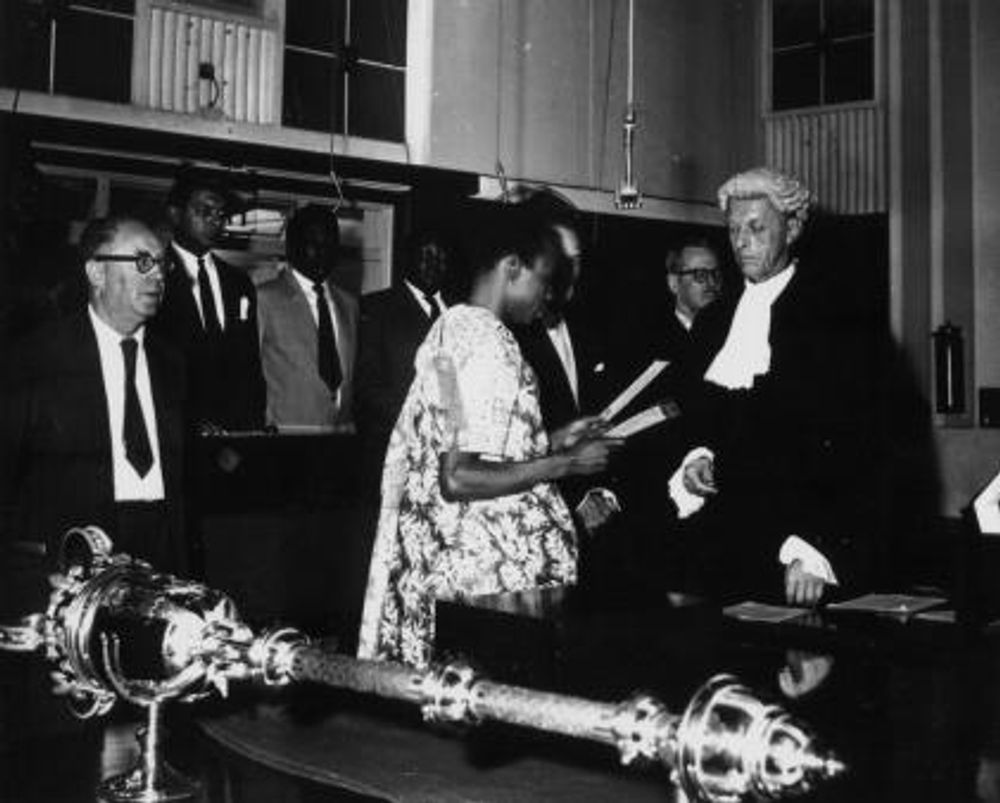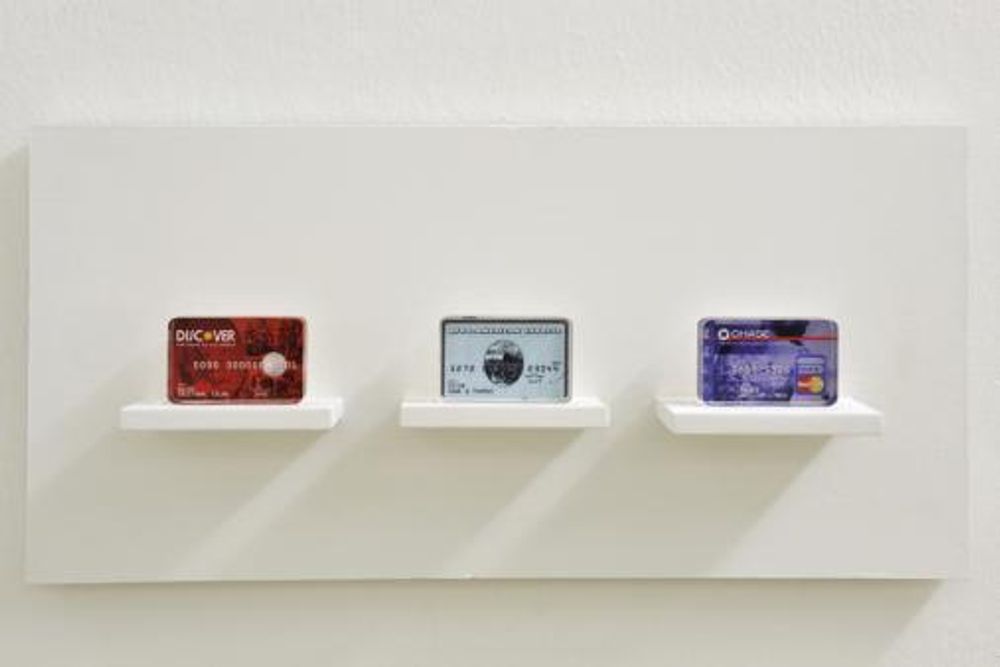BLACK ATLANTIC
Nanna Debois Buhl, Kiluanji Kia Henda, Maryam Jafri, Hank Willis Thomas
Curated by Luigi Fassi
The exhibition travels from the spatial dimensions of the Atlantic Ocean as a crossing point of cultures and populations over the last centuries. Moving on from the formulation “Black Atlantic”, as articulated by the English theoretician Paul Gilroy, the project narrates the cultural entanglement between European, American and African identities. It presents a selection of four artists from these three continents whose work re-traces historical events and memories bound to the history of colonialism and its heritage of contemporary racial politics. The ideologies connected to the birth of the European nation states, the heritage of slavery in the United States and the complex post-colonial situation in contemporary Africa make up the principal themes of the artists’ approaches. Voices and memories as well as personal and collective geographies form the labyrinthine itinerary of the show, designed to provoke reflection on the nature of individual freedom and the political emancipation of the contemporary world.
In the background the image of the Atlantic Ocean remains a symbolic and real reminder of the circularity of cultures, of oppression and freedom. These conditions have indelibly marked the modern history of the continents that border this ocean.
Kiluanji Kia Henda (*1979 Luanda, Angola where he lives and works)
The artist concentrates his artistic approach on his own country, Angola, which witnessed a ferocious civil war from 1975, the year of its independence from Portugal. In the civil war that followed the two principal political movements of the country fought the Cold War by proxy, conducted behind the scenes by the United States and the Soviet Union. Both superpowers competed for geopolitical control of the country and its oil resources. Until 1979 Angola was ruled by President Agostinho Neto, a Marxist intellectual and poet, and after his demise the completely defenceless country was crushed between the two superpowers of the Cold War, paying an incredibly high price in terms of human life and territorial devastation due to this latest version of colonial violence. Karl Marx, Luanda (2006) is a photographic triptych that depicts the image of the ruined remains of a giant Soviet fishing ship donated by the USSR to Angola. Today the wreck lies abandoned on the Atlantic coast of Luanda, as a remnant of the trade relations between Angola and the Soviet Union during the decades of political collaboration between the two countries. Ideological violence and Atlantic colonialism as well as Cold War strategies, Marxism and the national liberation movement collide in concentrated fashion within the images of Kiluanji Kia Henda, strained between past and present, vectors of a denied future that even today appears impossible for the country of Angola.
Maryam Jafri (*1972, Karachi, Pakistan; lives and works in Copenhagen and New York, US)
Independence Day 1936-1967 is a work composed of a series of photographs from the respective days of independence in a wide range of Asian and African countries, among them Indonesia, Ghana, Senegal, Pakistan, Syria, Lebanon, Kenya, Tanzania, Mozambique and Algeria. From these images, the celebrations of independence ceremonies appear as formalized festivities, a codification of rituals and diplomatic speeches held in both public and private places. The entirety of this official protocol, from the swearing-in ceremony of the new government to the signing of documents and the pomp of parades and military salutes, has been orchestrated and directed by the colonial country entering retirement. Thus, the photographic materials collected by the artist from archives around the world – covering three decades of 20th century history – are surprisingly similar to each other, notwithstanding their geographical and historical diversity. They demonstrate the perpetuation of the European colonial model at the very moment of its official closure. In this way, the work is an oblique and indirect testimony on the difficulty of leaving behind colonial history, but at the same time it is – by virtue of its retrospective view – a sinister prelude to the political and social tragedies that have devastated the vast majority of these countries in the years following their independence.
Hank Willis Thomas(*1976, Plainfield, NJ; lives and works in New York, US)
The thematic approach of the artist is based in the examination of the history of slavery throughout the Atlantic space, the memory of black labour in the American plantation economy, and the pervasive heritage of colonial and racial discourse within contemporary society. The Curious in Ecstasy The Day (2006) picks up the story of Saartjie Baartman, a young South African woman who was taken to England and France as a slave at the beginning of 19th century, where she was exhibited as an exotic object of curiosity before the eyes of the European bourgeois audience. Dubbed “the Hottentot Venus”, her physical aspect was considered a symbol of primitive beauty, closer to the animal kingdom then the human world, and thus incomprehensible to the European gaze. Hank Willis Thomas reproduces articles from French press of the time, removing the image of Saartjie Baartman being observed by a group of curious spectators and substituting instead the image of Botticelli’s Venus as a canonical European ideal of female beauty. In this way, the artist overturns the logic of the white European view by unveiling the racial construction behind this ideal. The Day I Discovered I Was Colored (2006) reproduces an American illustration from the Sixties, giving voice to discontent regarding the discovery of an identity imposed as a form of diversity and racial inferiority. Afro-American Express (2008) reproduces the graphic trademarks of three well-known credit cards by substituting these official logos with images of the slave trading ships that carried slaves from the west coast of Africa to American plantations. Thus, the immaterial circularity of financial goods controlled by international banking institutions is equated with bitter irony to the circularity of the slave trade conducted along the routes of the Atlantic Ocean in centuries past.
Nanna Debois Buhl (*1975, Aarhus, Denmark; lives and works in New York, US)
The work of the Danish artist is a complex enquiry into the colonial heritage within Danish history. Looking for Donkeys (2008-2009) narrates a week in the life of the artist, spent on the island of St. John looking for donkeys. The island is part of the Virgin Islands, in the Atlantic Ocean, and was the property of the Danish government between 1718 and 1917, the year in which control of the islands were ceded to the government of the United States. Together with the black slaves collected on the shores of Western Africa and carried on slave ships to the Virgin Islands, the Danish also shipped large numbers of donkeys across the Atlantic to St. John at the beginning of the 18th century. These donkeys were then used as working animals on sugar plantations. When the colonial period ended at the beginning of the 20th century, the donkeys remained on the island, which nowadays is home to approximately 400 of them, as they have become quite prolific in feral conditions. Within this video work, the artist speaks about her encounter with the donkeys of St. John as phantasms of the Danish colonial past. They are mysterious, elusive creatures, cultural enigmas of a collective memory that has been removed and remains to be investigated. Incredible Creature (2009) is a further enquiry on the part of the artist into the colonial past of Denmark, revealing stories of Danish merchants and missionaries who travelled across the Atlantic looking for places to colonize and resources to exploit. The Danish participation in the history of the transatlantic slave trade still finds echoes today in the country’s architecture, such as the 18th century harbour warehouses of Copenhagen, where the floral motives of the tapestries dating to that time depict typical flowers of the Caribbean region.




